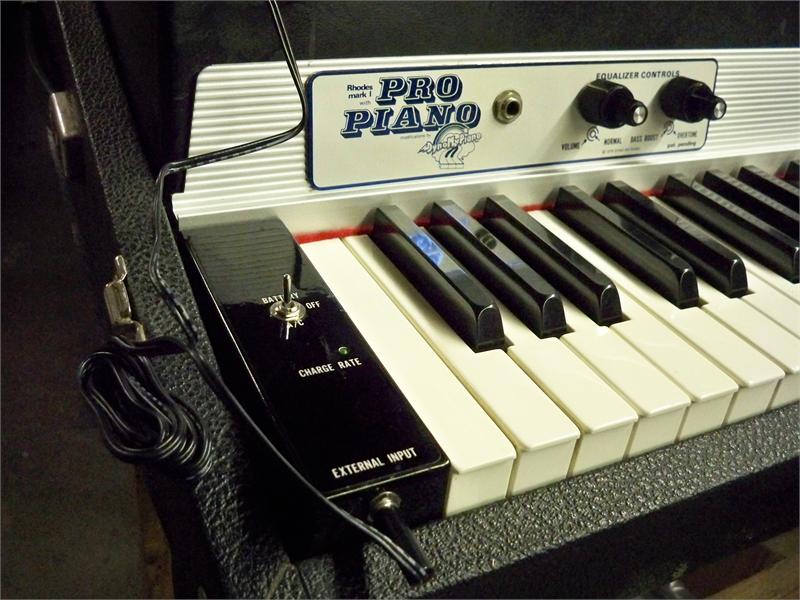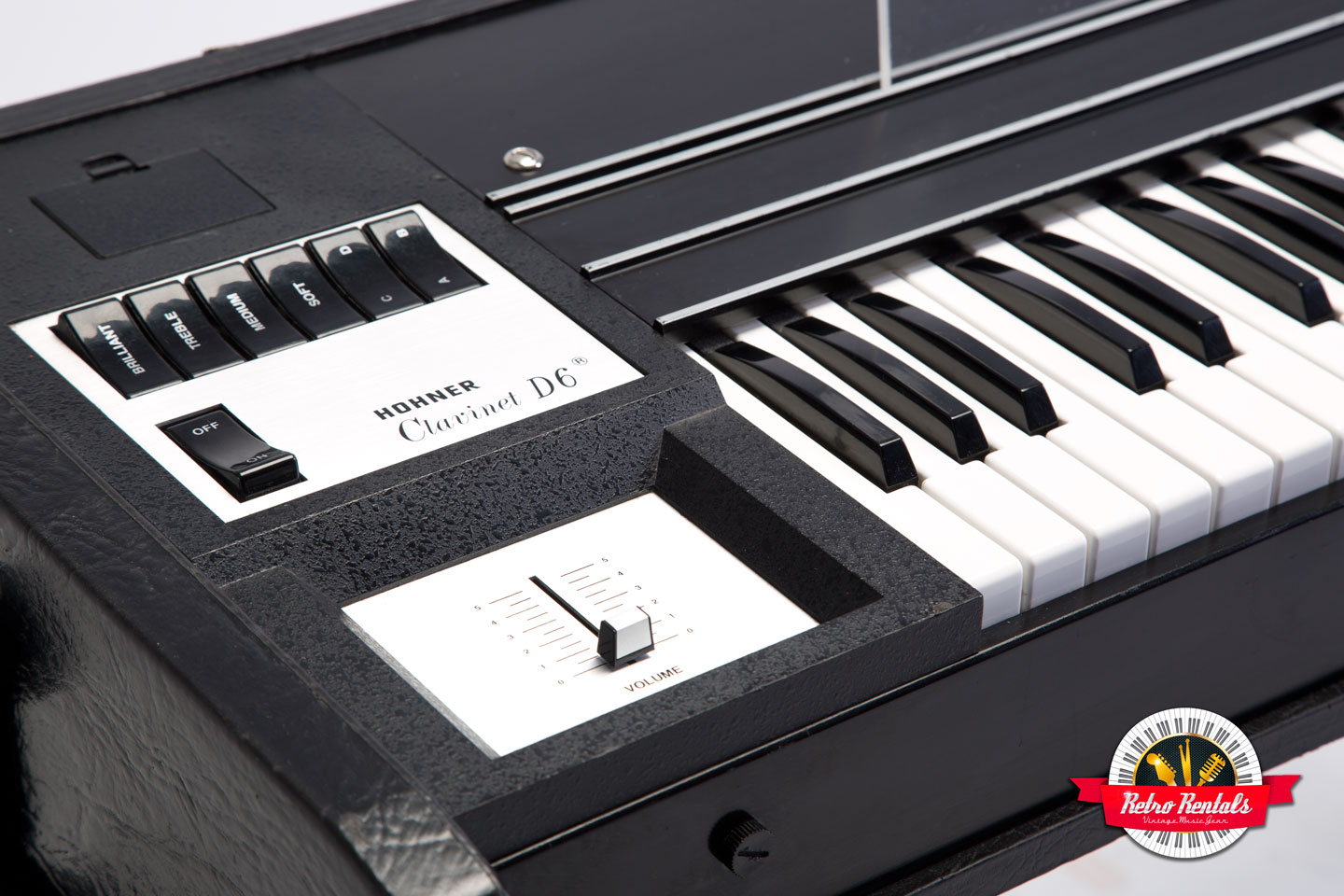The stage piano with a guitar amp - a Twin Reverb, a JC 120 - they are already "preamped" and that's its own sound. I personally don't recommend adding another preamp on top of those amplifiers because they would both add treble and bass EQ that collectively colors the sound. It's also difficult to work with a stereo set up.
The best route in my opinion is to pair one of these preamps with 12" PA speakers / powered monitors for true stereo vibrato. These will take the accurately developed EQ of these preamps and correctly amplify them. Any good set of PA speakers / monitors are also cheaper than 2 guitar amps. They can also be at ear level which is an incredible experience compared to a suitcase cabinet at your knees.
I personally own Nir's preamp and VV's. They are exceptional.
The best route in my opinion is to pair one of these preamps with 12" PA speakers / powered monitors for true stereo vibrato. These will take the accurately developed EQ of these preamps and correctly amplify them. Any good set of PA speakers / monitors are also cheaper than 2 guitar amps. They can also be at ear level which is an incredible experience compared to a suitcase cabinet at your knees.
I personally own Nir's preamp and VV's. They are exceptional.

 If you notice, it's only down far enough between the keys where a hand could touch it. I'm sure you'll see that it's deepest towards the front of the key (furthest travel down), and trangularly gets smaller as it goes back.
If you notice, it's only down far enough between the keys where a hand could touch it. I'm sure you'll see that it's deepest towards the front of the key (furthest travel down), and trangularly gets smaller as it goes back.


